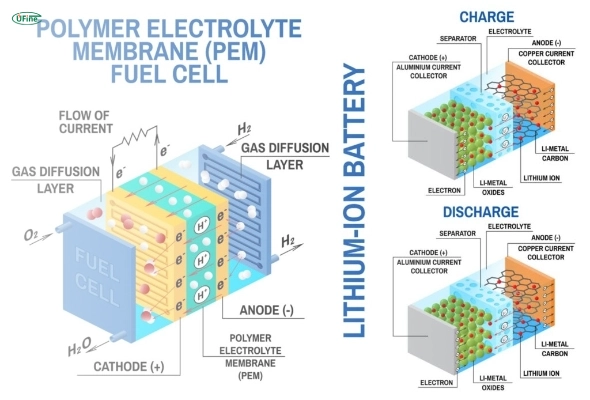Lithium-polymer power banks are common, but they have real downsides. After about 300-350 charge cycles, their capacity starts to fade, leaving my devices struggling to stay powered. They also use a liquid electrolyte, which can overheat or leak, making me nervous when charging in my bag or car. Plus, they’re not the most eco-friendly, with materials that aren’t always easy to recycle.
Semi-solid-state power banks, on the other hand, are a big step up. They use a semi-solid electrolyte, which is way safer—less risk of leaks or fires. I feel confident charging my phone overnight without worrying about accidents. The safety aspect alone sold me, but there’s more. These power banks can handle up to 2000 charge cycles, meaning they last years longer than lithium-polymer ones. I don’t have to keep buying replacements, which saves me money and hassle.
Another thing I love is the efficiency. Semi-solid-state batteries pack more power into a smaller size, so my power bank is lightweight but keeps my devices running longer. They also charge faster, which is perfect when I’m rushing out the door. Whether I’m topping up my tablet for work or my earbuds for a run, I’m back in action quickly.
Sustainability is a big bonus. Semi-solid-state power banks use eco-friendlier materials, cutting down on environmental impact. Their longer lifespan means less waste, which aligns with my goal to be more conscious about my tech choices. They’re also built tough, so I don’t worry about them getting banged up in my bag.
Switching to a semi-solid-state power bank has been a no-brainer. It’s safer, lasts longer, and keeps my gadgets powered without the bulk. If you’re curious about how these stack up against lithium-polymer power banks, check out this guide. It’s got all the details you need to make the switch!
#PowerBank #BatteryTech #SemiSolidState #EcoFriendly #TechTrends #PortableCharging #SustainableTech











0 Comments